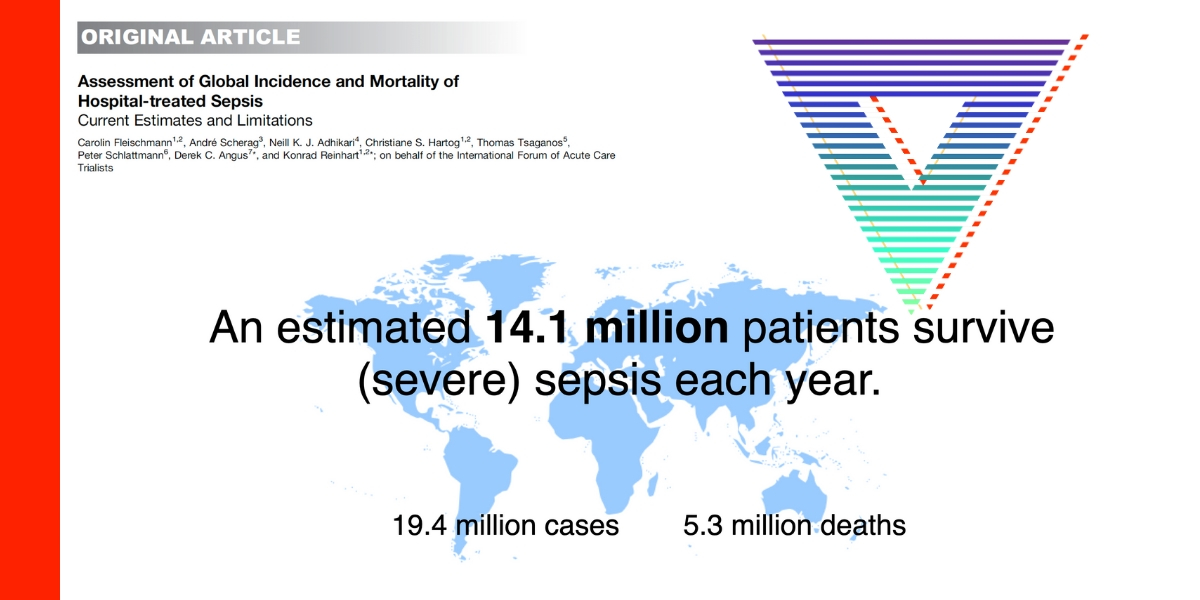Approaching the diagnosis and treatment of Endocarditis in Acute Medicine by David Carr
David Carr delivers an “old fashioned” talk, presenting his approach to the diagnosis and treatment of endocarditis in acute medicine.
Whilst some may turn their nose up at what David describes as esoteric bedside medicine, the rare diagnosis of endocarditis is a bad diagnosis. Evidently, it carries with it a mortality rate of between 15-30%.
David attempts to rebrand endocarditis and make it sexy again.
Who? There are four main suspects of getting endocarditis. If you turn up to David’s Emergency Department having had a cardiac valve replacement, the assumption is that you have endocarditis. 1% of these patient per year will develop endocarditis. Moreover, a valve replacement plus fever or feeling unwell should raise the suspicion even higher.
People who inject intravenous drugs are the second population of suspects for endocarditis.15% of people who inject IV drugs entering the hospital with a fever will have endocarditis. Evidently, you must respect this population and they need to come to the hospital in these instances.
Marantic endocarditis (or nonbacterial thrombotic endocarditis) occurs in patients with active cancer – making this group the third group in whom you should consider the disease.
Finally, lupus patients can develop endocarditis – Libman–Sacks endocarditis – related to their antiphospholipid syndrome causing a hypercoagulable state.
Four patients, four suspects.
These patients present with an association. David presents this as “fever PLUS one”. Fever plus any one of stroke, back pain, heart failure or arrhythmias should raise suspicions of endocarditis.
So how should these patients be examined? Well, first measure and confirm the fever. Secondly, dust of the stethoscope because up to 90% of patients with endocarditis will have a murmur. Forget the classical signs and look in the mouth at the teeth. Dental procedures in the two weeks prior to presentation is highly suggestive in the right patient.
David concludes the talk with management principles. Blood cultures – three sets, three sites! Resist the temptation to give antibiotics in the first hour while you are doing this. Look up or ask colleagues about the blood culture results, and if the bacteria doesn’t fit the crime, be nervous!
Lastly, managing endocarditis is a team game so involve the team early including cardiologists, cardiac surgeons, and the infectious disease doctors.
Join David as he rebrands endocarditis providing you with the framework to identify the disease and avoid the pitfalls in preventing you nailing down this diagnosis.
Approaching the diagnosis and treatment of Endocarditis in Acute Medicine by David Carr.
Finally, for more like this, head to our podcast page. #CodaPodcast
David Carr
David Carr is an Associate Professor in the Division of Emergency Medicine at the University of Toronto. He is an Emergency Physician and Clinical Investigator at the University Health Network and Mackenzie Health Hospital. He has been the recipients of multiple Undergraduate and Post Graduate Clinical Teaching awards. During the Baseball season, he works at the Roger’s Centre as the Medical director of Stadium Medicine for the Toronto Blue Jays. In 2010, he pursued his passions serving as an ER physician in the Athletes Village for the Winter Olympics in Vancouver. Since 2010, He has co- authored the chapter on Occlusive Arterial Disease in the 7-9th editions of Tintinalli’s Emergency Medicine.





